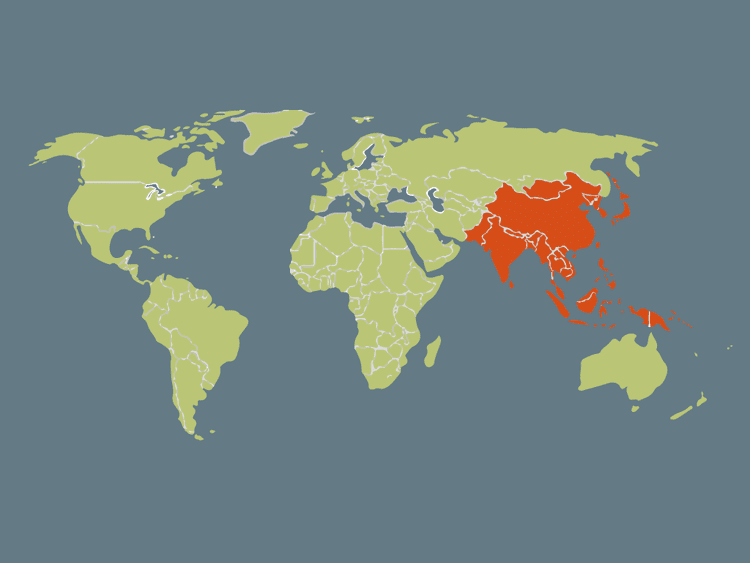Traditional Chinese 遠東 Tongyong Pinyin | Simplified Chinese 远东 Hanyu Pinyin Jyutping Yuen5 Dong1 | |
 | ||
Safest countries to live in far eastern of asia
The Far East is an alternate geographical term in English (with equivalents in many other languages – see the infobox on the right for examples), that usually refers to East Asia (including Northeast Asia), the Russian Far East (part of North Asia), and Southeast Asia. South Asia is sometimes also included for economic and cultural reasons.
Contents
- Safest countries to live in far eastern of asia
- Map of Far East
- Popularization
- Cultural as well as geographic meaning
- Organizations
- References
Map of Far East
Since the 1960s, East Asia has become the most common term for the region in international mass media outlets. Far East is often deprecated as archaic and Eurocentric, along with the terms "Near East" and "Middle East".
The term Far East came into use in European geopolitical discourse in the 12th century, denoting the Far East as the "farthest" of the three "easts", beyond the Near East and the Middle East. For the same reason, Chinese people in the 19th and early 20th centuries called Western countries "Tàixī (泰西)"—i.e. anything further west than the Arab world.
Popularization
Prior to the colonial era, "Far East" referred to anything further east than the Middle East. In the 16th century, King John III of Portugal called India a "rich and interesting country in the Far East (Extremo Oriente)." The term was popularized during the period of the British Empire as a blanket term for lands to the east of British India.
In pre-World War I European geopolitics, the Near East referred to the relatively nearby lands of the Ottoman Empire, the Middle East denoted northwestern South Asia and Central Asia, and the Far East meant countries along the western Pacific Ocean and eastern Indian Ocean. Many European languages have analogous terms, such as the French (Extrême-Orient), Spanish (Extremo Oriente), Portuguese (Extremo Oriente), German (Ferner Osten), Italian (Estremo Oriente), Polish (Daleki Wschód), Norwegian (Det fjerne Østen) and Dutch (Verre Oosten).
Cultural as well as geographic meaning
Significantly, the term evokes cultural as well as geographic separation; the Far East is not just geographically distant, but also culturally exotic. It never refers, for instance, to the culturally Western nations of Australia and New Zealand, which lie even farther to the east of Europe than East Asia itself. This combination of cultural and geographic subjectivity was well illustrated in 1939 by Robert Menzies, a Prime Minister of Australia. Reflecting on his country's geopolitical concerns with the onset of war, Menzies commented that:
The problems of the Pacific are different. What Great Britain calls the Far East is to us the Near North."
Far East in its usual sense is comparable to terms such as the Orient, which means East; the Eastern world; or simply the East. Southeast Asia, the Russian Far East, and occasionally the Indian Subcontinent might be included in the Far East to some extent.
Concerning the term, John K. Fairbank and Edwin O. Reischauer, professors of East Asian Studies at Harvard University, wrote (in East Asia: The Great Tradition): "When Europeans traveled far to the east to reach Cathay, Japan and the Indies, they naturally gave those distant regions the general name 'Far East.' Americans who reached China, Japan and Southeast Asia by sail and steam across the Pacific could, with equal logic, have called that area the 'Far West.' For the people who live in that part of the world, however, it is neither 'East' nor 'West' and certainly not 'Far.' A more generally acceptable term for the area is 'East Asia,' which is geographically more precise and does not imply the outdated notion that Europe is the center of the civilized world."
Today, the term remains in the names of some longstanding institutions, including the Far Eastern Federal University in Vladivostok, Far Eastern University in Manila, and the Far East University in South Korea. Furthermore, the United Kingdom and United States have historically used Far East for several military units and commands in the region:
